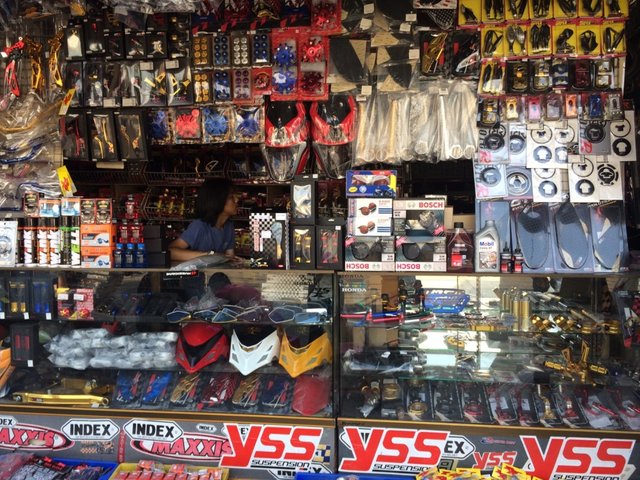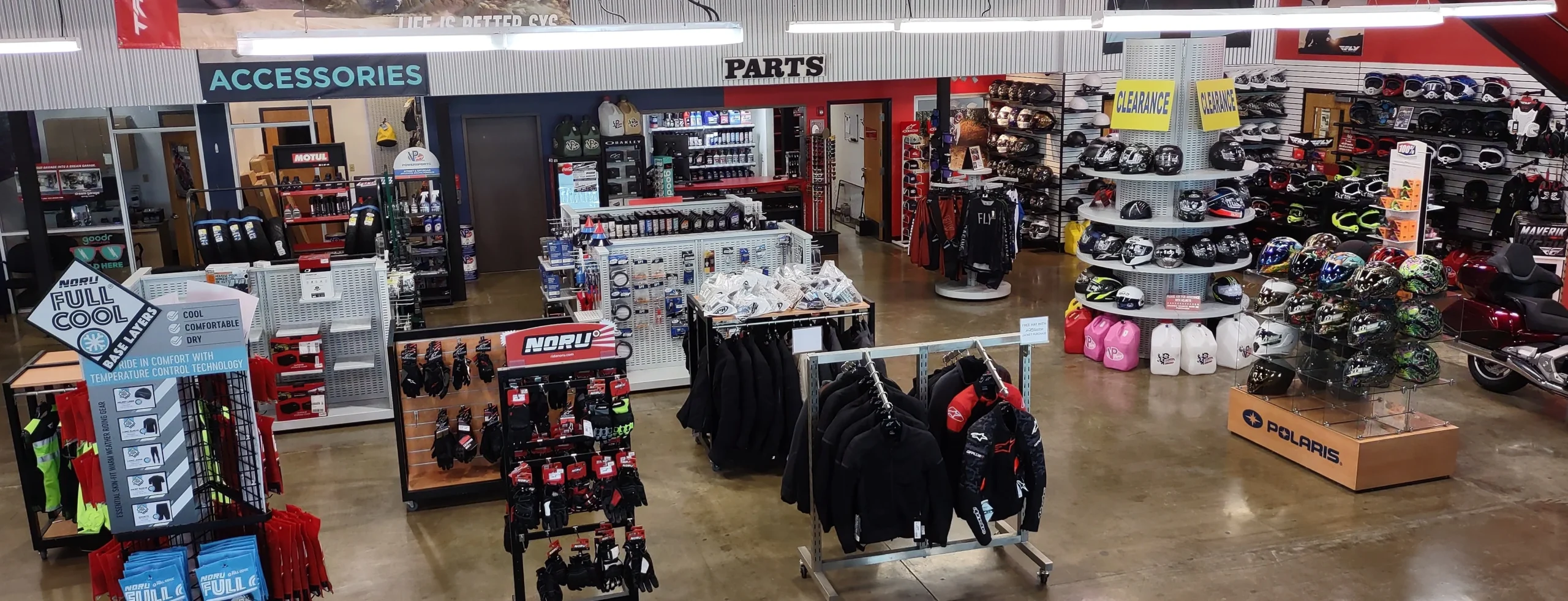Let Loose Efficiency with Premium Motox Parts NZ Available Right Here
Let Loose Efficiency with Premium Motox Parts NZ Available Right Here
Blog Article
Understanding the Crucial Parts of a Bike: A Comprehensive Overview for Enthusiasts
For motorcycle fanatics looking to elevate their riding experience and guarantee their bikes run efficiently, recognizing the essential parts of a motorcycle is extremely important. Each aspect, from the engine's detailed workings to the essential role of the stopping systems, not just affects performance yet likewise security and convenience.
Engine Parts

The camshaft plays a crucial duty in controlling the timing of the engine's valves, making sure the specific opening and closing required for effective fuel and air consumption, as well as exhaust expulsion. This timing is important to keeping optimum engine efficiency and performance. In addition, the carburetor or gas injection system, depending upon the bike version, is accountable for mixing air with gas in the appropriate proportion for burning.
The cooling system, either air or liquid-based, works to preserve the engine's temperature level within operational limits, avoiding overheating and guaranteeing longevity - motorcycle parts nz. Each element, carefully created and incorporated, adds to the seamless operation of the engine, defining the bike's power result and total efficiency
Transmission System
Integral to the motorcycle's functionality, the transmission system guarantees efficient power transfer from the engine to the wheels. This system makes up several vital components, including the clutch, gearbox, and final drive, each playing an essential function in translating the engine's power into activity. The clutch, normally operated by a hand bar, offers to engage and disengage the engine from the transmission, enabling smooth equipment modifications and controlled velocity.
The gearbox, often described as the transmission proper, has a set of equipments that bikers can by hand move via to change the bike's rate and torque outcome. These gears are set up in a sequence that makes it possible for the motorcycle to speed up smoothly and preserve optimal engine efficiency throughout different rates. A lot of motorcycles utilize a consecutive gearbox, calling for the motorcyclist to shift equipments in a predetermined order.
Braking Devices
While understanding the transmission system is crucial to utilizing a bike's power, equally crucial is the capacity to control and quit that power properly, which is where stopping systems enter into play. Brakes are important for safety and security and performance, supplying the cyclist with the necessary control to navigate numerous surfaces and conditions. Usually, bikes feature 2 sorts of braking systems: disc brakes and drum brakes.
Disc brakes are more common in modern motorbikes as More Help a result of their premium performance. They include a brake disc, caliper, and pads. When triggered, the caliper squeezes the brake pads against the spinning disc, transforming kinetic energy into warmth, consequently slowing down the wheel. This system provides much better heat dissipation, constant performance, and enhanced stopping power, especially in wet conditions.
On the other hand, drum brakes, though less common, are still discovered in some bikes. They work by pushing brake footwear versus the inner surface of a drum affixed to the wheel. While generally less reliable in warmth dissipation and quiting power, drum brakes are simpler and more cost-effective.
Understanding these braking systems' subtleties enables riders to maintain their bikes correctly and appreciate the engineering that makes sure efficient and secure stopping.
Suspension and Steering
Suspension and guiding systems are crucial components that significantly affect a motorbike's handling and trip comfort. The suspension system, containing forks at the front and shock absorbers at the back, takes in roadway abnormalities, improving security and control. Front forks, inverted Click This Link or usually telescopic, compress and rebound to minimize effects, while rear shock absorbers keep tire contact with the roadway, essential for grip and security.
Guiding, centered around the handlebars, attaches the biker to the bike's directional control. The steering head bearings ensure smooth procedure, allowing exact maneuverability. Appropriate positioning and maintenance of these bearings are important for predictable steering response and minimizing biker exhaustion.
The suspension's adjustability is another important aspect; preload, damping, and rebound setups permit customization to fit numerous riding problems and designs. This flexibility is vital for optimizing performance, whether navigating city streets or dealing with sturdy routes. Developments like digital shock absorber provide real-time modifications, boosting ride my site high quality across varied surfaces.

Electrical Solutions
After making certain a regulated and smooth ride with effective suspension and guiding systems, focus transforms to the electrical systems, an essential facet of modern-day motorcycles. These systems play an important function not only in starting the engine but also in powering various elements that improve the performance and security of the motorbike.
At the heart of a motorbike's electric system is the battery, which stores electrical energy essential for beginning the engine and powering supporting systems - motorcycle shop. The alternator or generator, coupled with the rectifier-regulator, makes certain the battery continues to be charged while the bike functions, transforming power into electrical energy and keeping voltage degrees
The ignition system, one more vital element, is accountable for sparking the air-fuel blend in the engine's cyndrical tubes. Modern motorbikes commonly make use of an electronic ignition system, offering greater performance and dependability compared to traditional systems.
Lights systems, consisting of fronts lights, tail lights, and indicators, are additionally essential, making sure exposure and security for the biker. Additional electronic elements such as sensors, control devices, and presents add to innovative features like gas injection management, anti-lock stopping systems (ABS), and electronic dashboards, further improving the riding experience.
Conclusion
A detailed comprehension of a motorbike's important parts, including the engine, transmission system, braking systems, suspension, guiding, and electrical systems, is essential for lovers intending to maximize convenience, safety and security, and efficiency. Mastery of these elements enables notified choices pertaining to upkeep and upgrades, ultimately improving the riding experience. By integrating this expertise, cyclists can guarantee their bikes operate at peak efficiency and dependability, consequently taking full advantage of both satisfaction and long life of their lorries.
For bike fanatics looking to boost their riding experience and guarantee their bikes run efficiently, understanding the important elements of a motorbike is critical.Essential to the motorbike's performance, the transmission system makes sure effective power transfer from the engine to the wheels.While comprehending the transmission system is vital to harnessing a motorcycle's power, equally important is the capacity to manage and stop that power effectively, which is where stopping devices come into play. Usually, motorbikes feature 2 types of braking systems: disc brakes and drum brakes.
A detailed understanding of a motorbike's necessary parts, including the engine, transmission system, braking devices, suspension, steering, and electrical systems, is important for fanatics intending to enhance safety and security, efficiency, and comfort.
Report this page